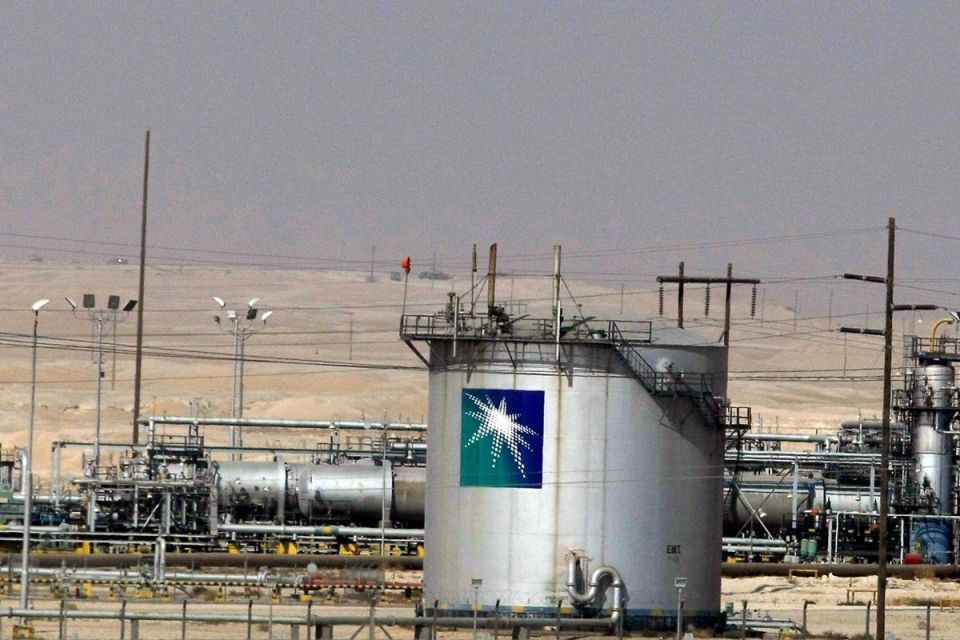Saudi Arabia Tries to Thread the Needle Between Crude Output, Prices
(Reuters) — Saudi Aramco's decision to cut the price of its crude for Asian customers shows just how difficult it is for the world's largest oil exporter to walk the line between maintaining market share and restraining output enough to bolster prices.
Saudi Aramco said on Sunday that it will lower the official selling prices (OSPs) of its crude grades by $2 a barrel to Asian refiners for February-loading cargoes from January levels.
This takes the OSP for Aramco's benchmark Arab Light grade to a premium of $1.50 a barrel to the Oman/Dubai average for February, down from $3.50 for January shipments.
It was the biggest cut in the OSPs in 13 months, and likely came in response to Asian refiners, who buy the bulk of Aramco's exports, calling for more competitive Saudi prices against oil from both other Middle East suppliers, as well as from those in the Americas and Africa.
The question for refiners is whether the lower OSPs will be enough to tempt them to take full contracted volumes from Aramco, or even try to boost their allocations.
Even with the lower OSPs, Saudi crudes may still be more expensive for Asian refiners compared to similar grades from other exporters.
Saudi crude for Asia is priced against the Oman/Dubai average, which consists of the two regional benchmarks.
Oman futures ended on Monday at $77.83 a barrel, while cash Dubai was $77.90, giving an average price of about $77.87.
With the February OSP at a premium of $1.50 a barrel, this means Asian refiners face paying about $79.37 for February-loading Arab Light cargoes, assuming current pricing is maintained.
Nigerian Bonny Light crude , which has a similar gravity to Arab Light, ended on Monday at $77.32 a barrel, while another similar African crude, Angola's Cabinda was at $77.22.
This means that the African crudes are likely to prove more competitive than Arab Light for Asian refiners, even if the shipment costs are slightly higher given the longer sea voyage.
Aramco's second-largest export grade, Arab Extra Light, competes with lighter crudes such as Brent and West Texas Intermediate (WTI).
The OSP for Arab Extra Light was set at a premium of $1.55 a barrel to the Oman/Dubai average for February-loading cargoes.
WTI futures ended at $70.77 a barrel on Monday, while Brent contracts finished at $76.12.
This means that currently both WTI and Brent will be more competitive for Asian refiners than Aramco's Arab Extra Light grade.
Of course, price isn't the only determinant of Aramco's exports, there is also the important factor of the security of the Saudi giant being a reliable, long-term supplier with a proven track record.
The bulk of Aramco's crude is sold under term contracts, which do offer some flexibility to both parties as to the volumes supplied or sought.
This means that Asia's importing countries can vary the volumes they buy from Aramco, and China's recent imports show how this can happen.
China Imports
China, the world's biggest oil importer, landed 1.38 million barrels per day (bpd) of Saudi crude in December, down from 1.70 million bpd in November and the lowest since July, according to data compiled by LSEG Oil Research.
In contrast, China's imports from the United States were 430,000 bpd in December, up from 220,000 bpd in November and the highest since June, while those from Brazil were 840,000 bpd, up from 810,000 bpd in November and a third straight monthly gain.
Aramco's move to lower its OSPs does fit the market view that the company is attempting to make its crude more competitive in its key Asian markets.
It may be over-egging the pudding to suggest that Aramco is signalling it will defend market share and that further output cuts are now off the table.
Saudi energy policy, such as production levels, are set by the Ministry, while Aramco works within the policy prescriptions to try and deliver the most revenue and strong customer relations.
The output cuts agreed by Saudi Arabia as part of its commitments within the OPEC+ group provide Aramco with its policy framework, but the OSP decisions reflect Aramco's reading of the market conditions.
The opinions expressed here are those of the author, a columnist for Reuters.
Related News
Related News

- Kinder Morgan Proposes 290-Mile Gas Pipeline Expansion Spanning Three States
- Valero Plans to Shut California Refinery, Takes $1.1 Billion Hit
- Three Killed, Two Injured in Accident at LNG Construction Site in Texas
- Tallgrass to Build New Permian-to-Rockies Pipeline, Targets 2028 Startup with 2.4 Bcf Capacity
- TC Energy Approves $900 Million Northwoods Pipeline Expansion for U.S. Midwest
- US Poised to Become Net Exporter of Crude Oil in 2023
- EIG’s MidOcean Energy Acquires 20% Stake in Peru LNG, Including 254-Mile Pipeline
- Construction Begins on Ghana's $12 Billion Petroleum Hub, But Not Without Doubts
- Valero Plans to Shut California Refinery, Takes $1.1 Billion Hit
- Newsom Seeks to Aid Struggling Refiners Following Valero’s California Exit





Comments